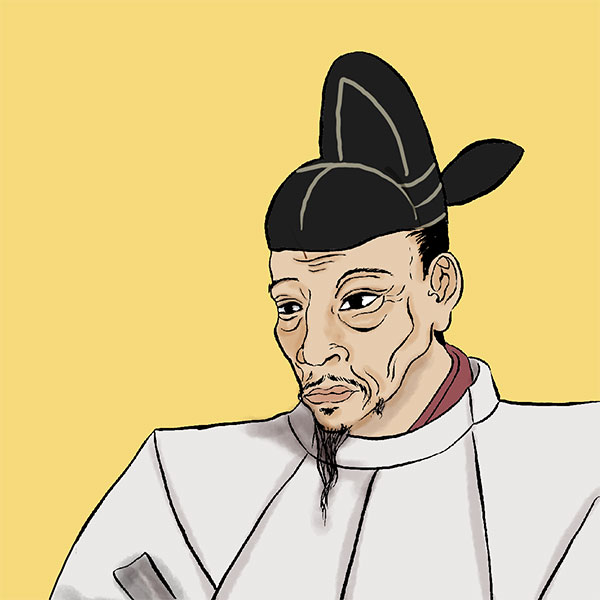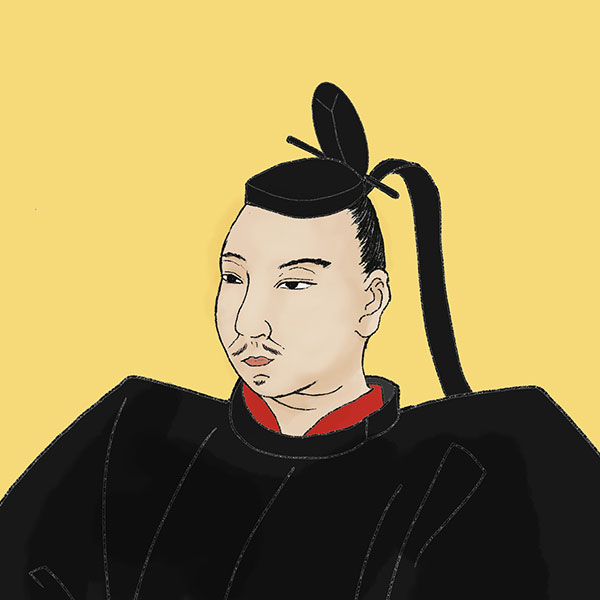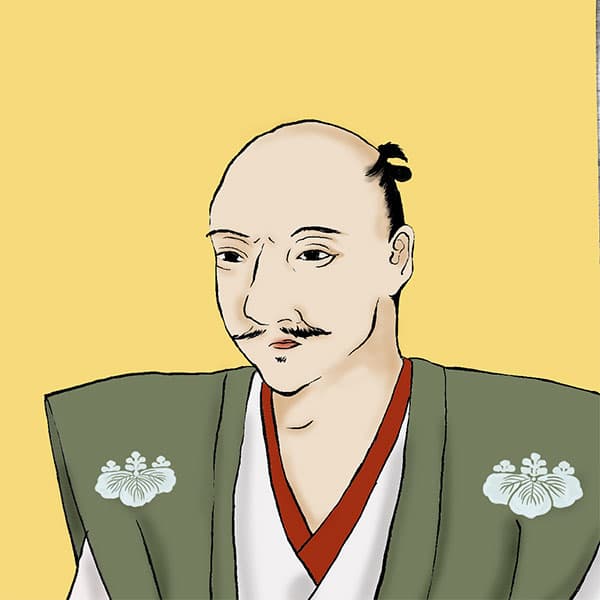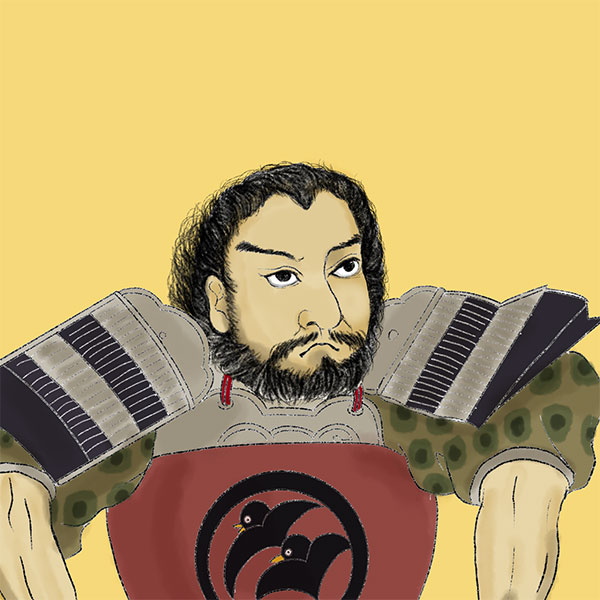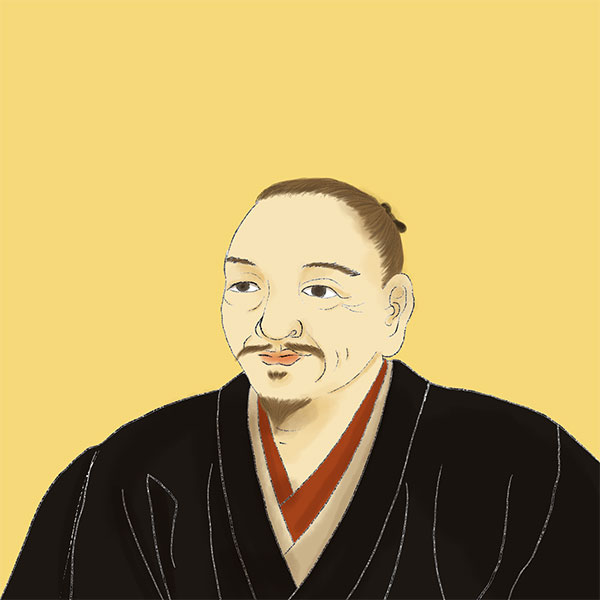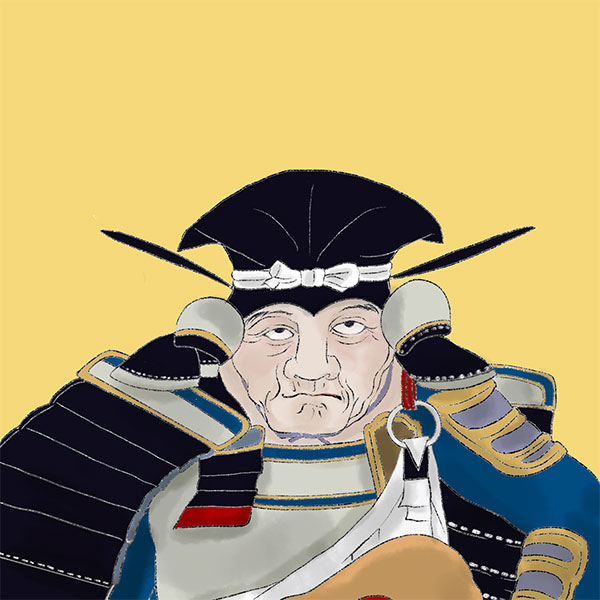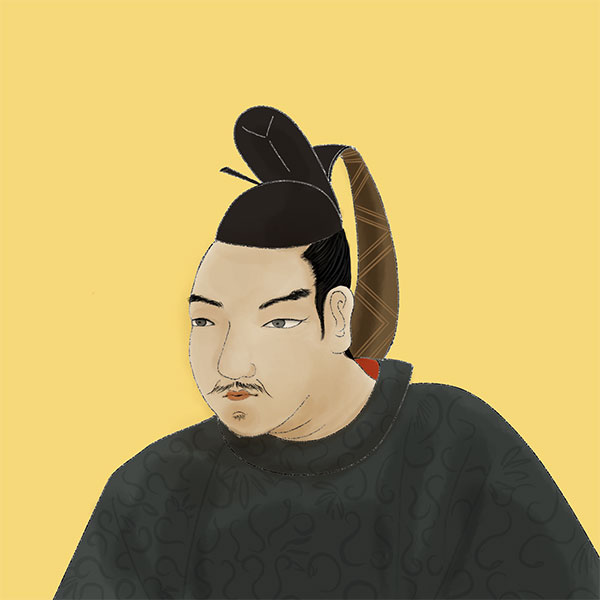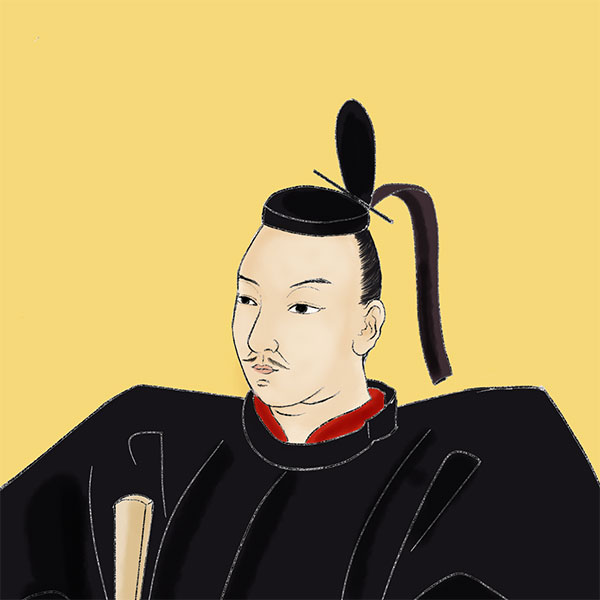Kiyosu Conference (1/2)The meeting where Nobunaga's successor was decided
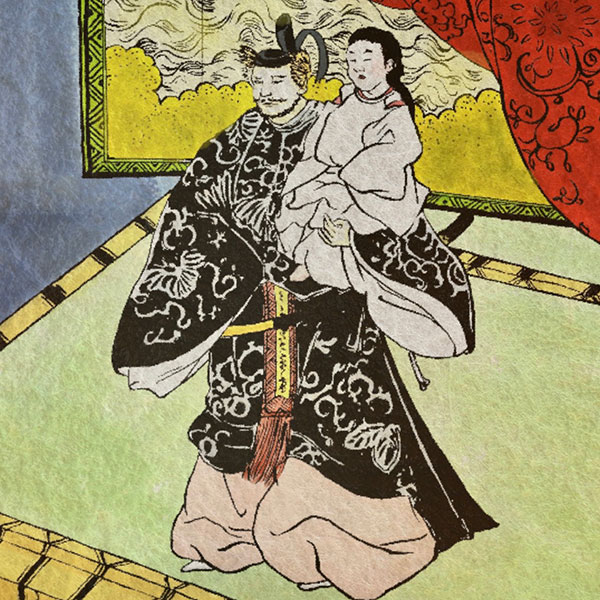
Kiyosu Conference
- Article category
- case file
- Incident name
- Kiyosu Conference (1582)
- place
- Aichi prefecture
- Related castles, temples and shrines

Kiyosu Castle
- people involved
On June 2, 1582, Oda Nobunaga was killed by Akechi Mitsuhide in the Honnoji Incident. Moreover, his eldest son, Nobutada Oda, committed suicide during the rebellion, leaving Nobunaga with no successor. The Kiyosu Conference was therefore held on June 27th at Kiyosu Castle (now Kiyosu City, Aichi Prefecture) to decide on a successor. As a result of this meeting, the power of Katsuie Shibata, the chief retainer of the Oda family, was weakened, and Toyotomi Hideyoshi made a breakthrough and took the first step towards becoming a ruler. It is a famous meeting that has been featured many times in TV dramas and movies, but there are not many records and the details are not well known. This time, we will look at the Kiyosu Conference, which can be called a turning point in history.
Nobunaga was killed in the Honnoji Incident.
On June 2, 1582, Oda Nobunaga committed suicide at Honnoji Temple in Kyoto due to a rebellion initiated by Akechi Mitsuhide. Nobutada Oda, Nobunaga's eldest son and head of the Oda family, who was staying at Myokaku-ji Temple near Honno-ji Temple, went to Honno-ji Temple in time to rescue him, but he was unable to reach Honno-ji Temple in time and was holed up in Nijo Shingosho. If Akechi's army attacks, he will end up killing himself.
Upon hearing the news of the ``Honnoji Incident,'' the military commanders each set out to subjugate Mitsuhide Akechi, but they are faced with obstacles such as interference from opposing enemies and distance problems. Meanwhile, Toyotomi Hideyoshi (*Hashiba Hideyoshi at the time), who was in the midst of attacking Mori and China at the time, made quick moves. When the Honnoji Incident occurred, Hideyoshi was in the process of capturing Bitchu Takamatsu Castle (Okayama City, Okayama Prefecture). He conducted a water attack with his staff officer Kuroda Kanbei, and just when victory seemed imminent, he learned of the Honnoji Incident. When they caught a messenger from Mitsuhide to the Mori side, they found that it was carrying a secret letter informing them of Nobunaga's death.
To Hideyoshi, who could not hide his turmoil, Kanbei advised him, ``If you defeat Mitsuhide, Hideyoshi can take over the country.'' Hideyoshi makes peace with the Mori side, keeping Nobunaga's death a secret, and hurries back to Kyoto. This is what is commonly called ``China's Great Return''. Hideyoshi's army reached Kyoto in about 10 days and defeated Mitsuhide's army at the Battle of Yamazaki on June 13th. Mitsuhide fled, but on the way he fell into a samurai hunt and either died or was fatally injured and committed suicide. He died at the age of 55 (there are various theories), and his head was delivered to Hideyoshi's army on June 14th.
Thus, the battle to mourn Nobunaga came to an end, but Nobunaga's successor remained undecided. Therefore, a meeting was held to decide on the successor and the distribution of the estate. That was the Kiyosu Conference held at Kiyosu Castle. The reason why the meeting was held at Kiyosu Castle is that Nobunaga lived there for about 10 years and went to the Battle of Okehazama from this castle, so to speak, it was the castle where Nobunaga took over the country. It is said that this is because it was the residence of Sanboshi, the eldest son of the monk.
Four attendees of the Cheongju Conference
The Kiyosu Conference was attended by four elders of the Oda family: Katsuie Shibata, Hideyoshi Toyotomi, Nagahide Niwa, and Tsuneoki Ikeda. Katsuie Shibata was the most powerful person at the time as the chief retainer of the Oda family. He was known as a brave and brave fighter, and at the time of the Kiyosu Conference he was 60 years old, more than a year older than the other military commanders. Nagahide Niwa was a skilled warrior who was said to be ``the two greats of the Oda clan'' along with Katsuie. Furthermore, these two, along with Mitsuhide Akechi and Kazumasu Takigawa, were also known as the Four Heavenly Kings of the Oda family.
Although Tsuneoki Ikeda was of a lower rank than the other three, he was chosen to attend because he was Nobunaga's milk cousin and had joined Hideyoshi's army and served as the vanguard during the Battle of Yamazaki. . There is also a theory that because he was related to Hideyoshi, Hideyoshi had him participate in the meeting to get him on his side.
Furthermore, Kazumasu Takigawa was defeated by the forces of Ujinao Hojo and Ujikuni at the Battle of Kannagawa, which took place in Kami District, Musashi Province (Kodama District, Saitama Prefecture) immediately after the Honnoji Incident. Kazumasu was defeated in a battle in which the Hojo clan, who learned of the Honnoji Incident, took advantage of the opportunity to expand their influence, and was on the run to Ise at the time of the Kiyosu Conference. It is said that for this reason he did not arrive in time for the meeting, and that Kazumasu, who had lost the battle, was not even invited to the meeting in the first place. It is not clear why Kazumasu did not attend the meeting, but in any case, Kazumasu's failure to participate in the important meeting caused his position within the Oda family to deteriorate significantly.
Kiyosu Conference ① Who will be Nobunaga's successor?
One of the points of contention at the Kiyosu Conference was who would be Oda Nobunaga's successor. At this point, Nobunaga's second son Nobuo Oda, third son Nobutaka Oda, and Sanboshi (Hidenobu Oda), who was the eldest son of the deceased Oda Nobutada and was only 2 years old (3 years old by counting), were considered as successors. was.
Of these, the second son, Nobuo Oda, would normally be a strong candidate for successor. However, in 1579, Nobunaga invaded Iga Province (Mie Prefecture) without permission from Nobunaga and suffered a crushing defeat (First Tensho Iga Rebellion). Yasushige Tsuge, a senior vassal, was killed in the battle. Nobunaga was enraged by this and sent a letter of reprimand to Nobuo, severely reprimanding him. He threatens to ``sever ties between parent and child.'' After that, Nobuo attacked and pacified Iga with Nobunaga's permission, but his reputation within the Oda family was not high at all.
By the way, Nobuo was in Ise at the time of the Honnoji Incident. Afterwards, he advanced to Tsuchiyama, Koka District, Omi Province (Koga City, Shiga Prefecture), but due to the lack of soldiers and the beginning of unrest in Iga, he withdrew without fighting Mitsuhide Akechi. After that, he went to take control of Azuchi Castle, which had been in the hands of Mitsuhide for a while, but on June 15th, the castle tower went up in flames and the castle was destroyed. The culprit is still unknown, but Luis Frois attributed the arson to Nobuo and wrote that he ordered the castle to be burnt because ``(Nobuo) was less intelligent than most people.'' I don't think Nobuo was the culprit since there was no need to burn down Azuchi Castle, but this description allows us to infer how Nobuo was viewed by those around him at the time.
On the other hand, Nobutaka Oda, the third son, seems to have been praised as a clever man, and Louis Frois praised him as a thoughtful, brave, and polite man. However, Nobutaka was favorable towards Christianity, so this may be a bit biased... Additionally, there is a written statement in the literature that Nobutaka was actually born about 20 days earlier than Nobuo, and that he was actually the second son, but due to his mother's low status, he became the third son.
At the time of the Honnoji Incident, he was in the suburbs of Sakai (Sakai City, Osaka Prefecture) preparing to kill Motochika Chosokabe in Shikoku. Most of the soldiers fled after receiving the news of Nobunaga's death, so only a few soldiers remained. After fortifying their defense for a while, they joined up with Hideyoshi's army, which had returned to China, and together they attacked Mitsuhide at the Battle of Yamazaki.
The remaining three monks are still infants. However, since he was the eldest son of Nobutada Oda, who was Nobunaga's heir, he was justified in taking over the headship of the family.
Please note that none of the three successor candidates attended the Kiyosu Conference. Instead, the meeting was held after three people, including their alliance partner Tokugawa Ieyasu, exchanged an oath to abide by the decisions of the four participants.
Kiyosu Conference ② Was it decided that the successor would be the Sanboshi?
The issue of Nobunaga's successor was a point of contention at the Kiyosu Conference. The conventional wisdom is that Katsuie Shibata recommended Nobutaka Oda and Hideyoshi Toyotomi recommended Sanboshi. Hideyoshi arranged for Nagahide Niwa and Tsuneoki Ikeda to join his side, and the two persuaded Katsuie, and in the end, Katsuie relented and Sanboshi was chosen as his successor.
- people involved

- WriterNaoko Kurimoto(Writer)I am a former travel industry magazine reporter. I have loved history, both Japanese and world history, since I was a child. I usually enjoy visiting temples and shrines, especially shrines, and often do ``pilgrimages to sacred places'' themed around historical figures. My favorite military commander is Ishida Mitsunari, my favorite castle is Kumamoto Castle, and my favorite castle ruins is Hagi Castle. My heart flutters when I see the ruins of battle castles and the stone walls of castle ruins.


